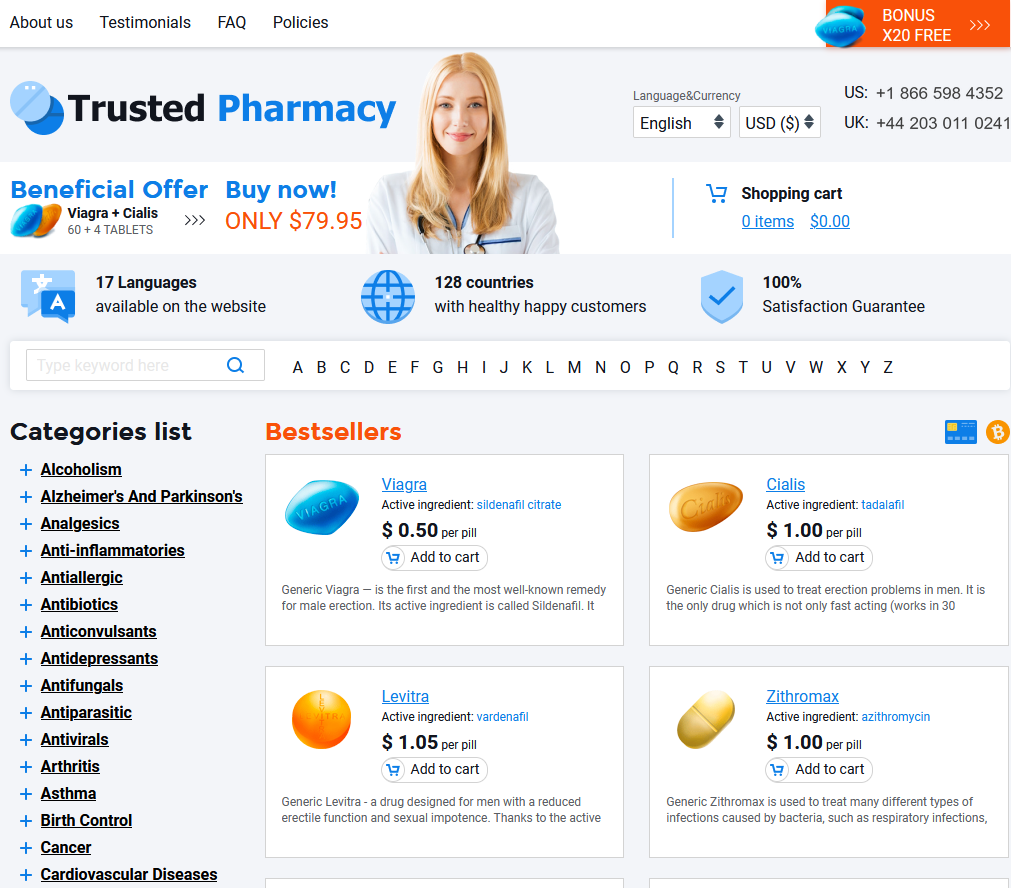 Amoxil for Children: Safety and Dosage Guidelines
Amoxil for Children: Safety and Dosage Guidelines
Understanding Amoxil and Its Role in Pediatric Care
Amoxil, known generically as amoxicillin, plays a crucial role in pediatric medicine. It is a widely used antibiotic that fights various bacterial infections, making it a staple in treating ailments such as ear infections, pneumonia, and throat infections in children. Its effectiveness stems from its ability to inhibit bacterial cell wall synthesis, leading to the successful eradication of harmful bacteria.
| Age Group |
Common Uses |
| Infants (3-12 months) |
Ear infections, sinusitis |
| Children (1-12 years) |
Throat infections, bronchitis |
For pediatricians, Amoxil is indispensable due to its broad spectrum and relatively mild side effects, ensuring it remains a first-line treatment option.
Key Benefits of Amoxil for Children's Health

Amoxil, a well-regarded antibiotic, plays a crucial role in addressing bacterial infections in children, effectively combating ailments such as ear infections, pneumonia, and throat infections. By disrupting the formation of bacterial cell walls, it stops bacteria from multiplying, thus swiftly alleviating symptoms and hastening recovery. This rapid action is particularly beneficial for children, whose immune systems are still developing.
When administered correctly, Amoxil not only treats existing bacterial infections but also prevents their recurrence, thus ensuring a more robust defense for a child's health. Importantly, its formulation is such that it can be ingested easily by children, with options like flavored liquids that make administration more palatable and stress-free for parents.
Additionally, Amoxil's wide range of effectiveness allows healthcare providers to use it as a first-line treatment for various pediatric infections, reducing the need for more potent antibiotics that may carry a higher risk of side effects. This approach makes it a friendly option for children while safeguarding their health with minimal risk.
Recommended Dosage Guidelines for Children’s Safety
When it comes to ensuring the safe use of Amoxil for children, adherence to dosage guidelines is crucial. Typically, the dosage is determined based on the child's weight and the severity of the infection. Pediatricians usually calculate the exact milligrams per kilogram, often administering it in two to three divided doses per day to maintain consistent antibiotic levels. Liquid forms of Amoxil are specially formulated for ease of administration, ensuring accurate dosing.
Parents should carefully measure each dose using a medical syringe rather than a kitchen spoon, as precision is vital. Never alter the recommended dosage without consulting a healthcare provider, as misuse can lead to antibiotic resistance or insufficient treatment. Always complete the full prescribed course to effectively eradicate the infection and mitigate any potential risks.
Recognizing Potential Side Effects of Amoxil

When introducing Amoxil to a child's routine, parents should remain vigilant for any unexpected reactions. Common side effects might include mild symptoms such as nausea or a rash. These reactions are usually manageable and tend to resolve without significant intervention. However, parents must be mindful of more serious allergic reactions like difficulty breathing or severe skin rashes, which necessitate immediate medical attention. By being observant and informed, parents can help ensure that their child receives all the benefits of this antibiotic without undue side effects. A proactive approach to monitoring can help quickly address any issues, providing peace of mind during the treatment process.
Important Considerations before Administering Amoxil
Before starting Amoxil treatment for your child, it’s crucial to consider several factors to ensure safety and efficacy. Begin by discussing any allergies your child may have with a healthcare provider, especially a penicillin allergy, which could lead to severe reactions. It’s also essential to provide information about any other medications your child is taking, as some drugs can interact with Amoxil, potentially altering its effectiveness or causing adverse effects.
Proper storage of Amoxil is another vital factor. Keeping the medication in a cool, dry place, out of reach of children, helps maintain its potency. Dosage accuracy is critical, too; using a proper measuring device instead of a household spoon ensures that your child receives the correct amount.
Regular follow-ups with your healthcare provider can help monitor your child’s response to Amoxil and address any concerns promptly. Additionally, never stop the medication abruptly or skip doses, as completing the full course is necessary to fully eradicate the infection.
| Consideration |
Description |
| Allergies |
Check for penicillin allergy to prevent severe reactions. |
| Drug Interactions |
Inform your provider of all medications to avoid adverse effects. |
| Storage |
Keep in a cool, dry place away from children. |
Expert Tips for Parents on Using Amoxil
When giving Amoxil to children, understanding the importance of proper dosage cannot be overstated. Always measure liquid forms with a dosing syringe or a special dose-measuring spoon—never a regular kitchen spoon. Consistency is key; ensure doses are given at evenly spaced intervals to keep the medication level stable in their system. Missed doses should be taken as soon as remembered unless it's nearly time for the next one.
Maintaining open communication with your child's healthcare provider is essential. Inform them of any allergies your child may have, and discuss any unexpected reactions. Most importantly, complete the entire course, even if your child feels better before finishing the medication. For more detailed insights, refer to these resources: NCBI Amoxicillin Overview, MedlinePlus Amoxicillin.